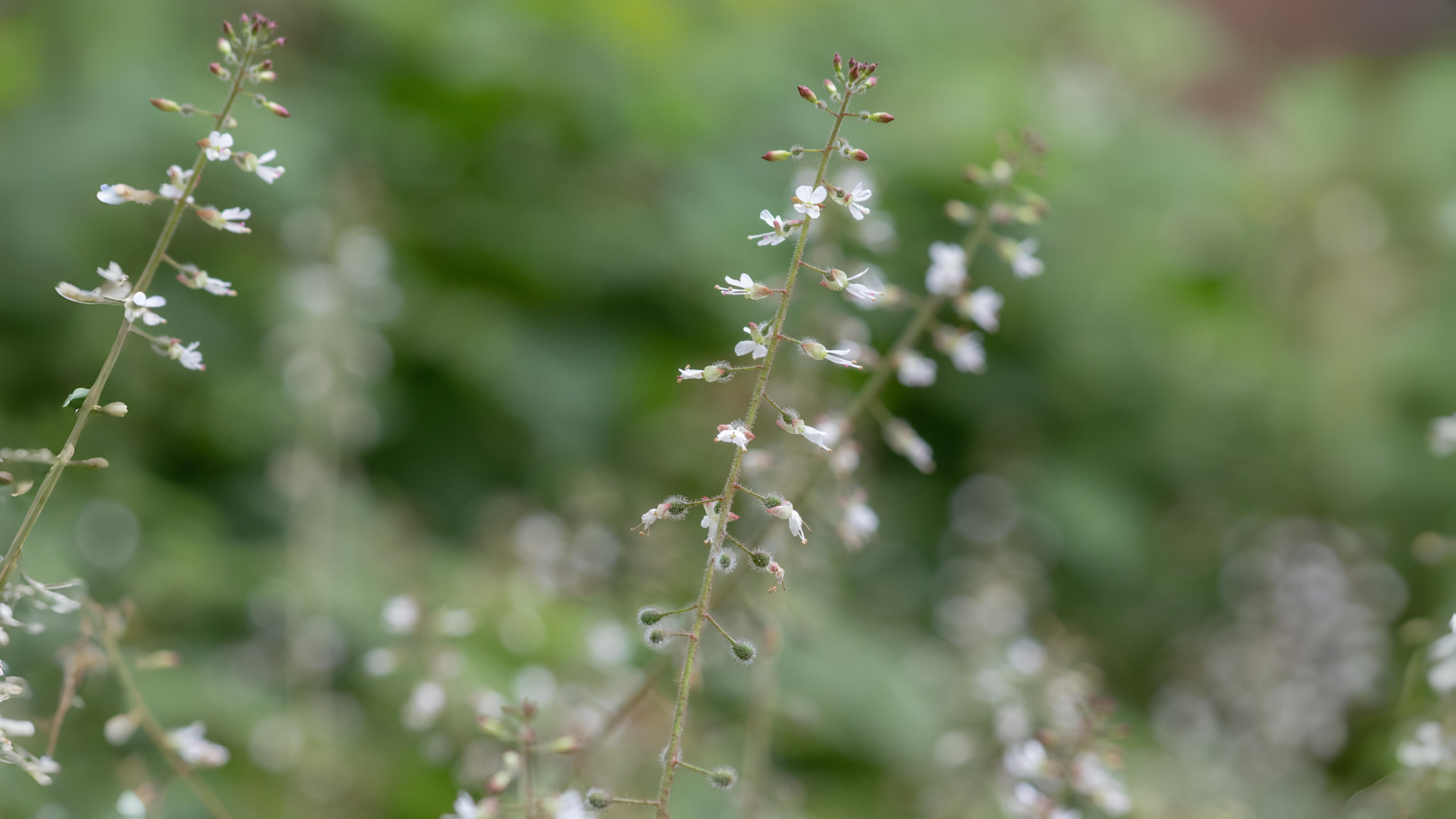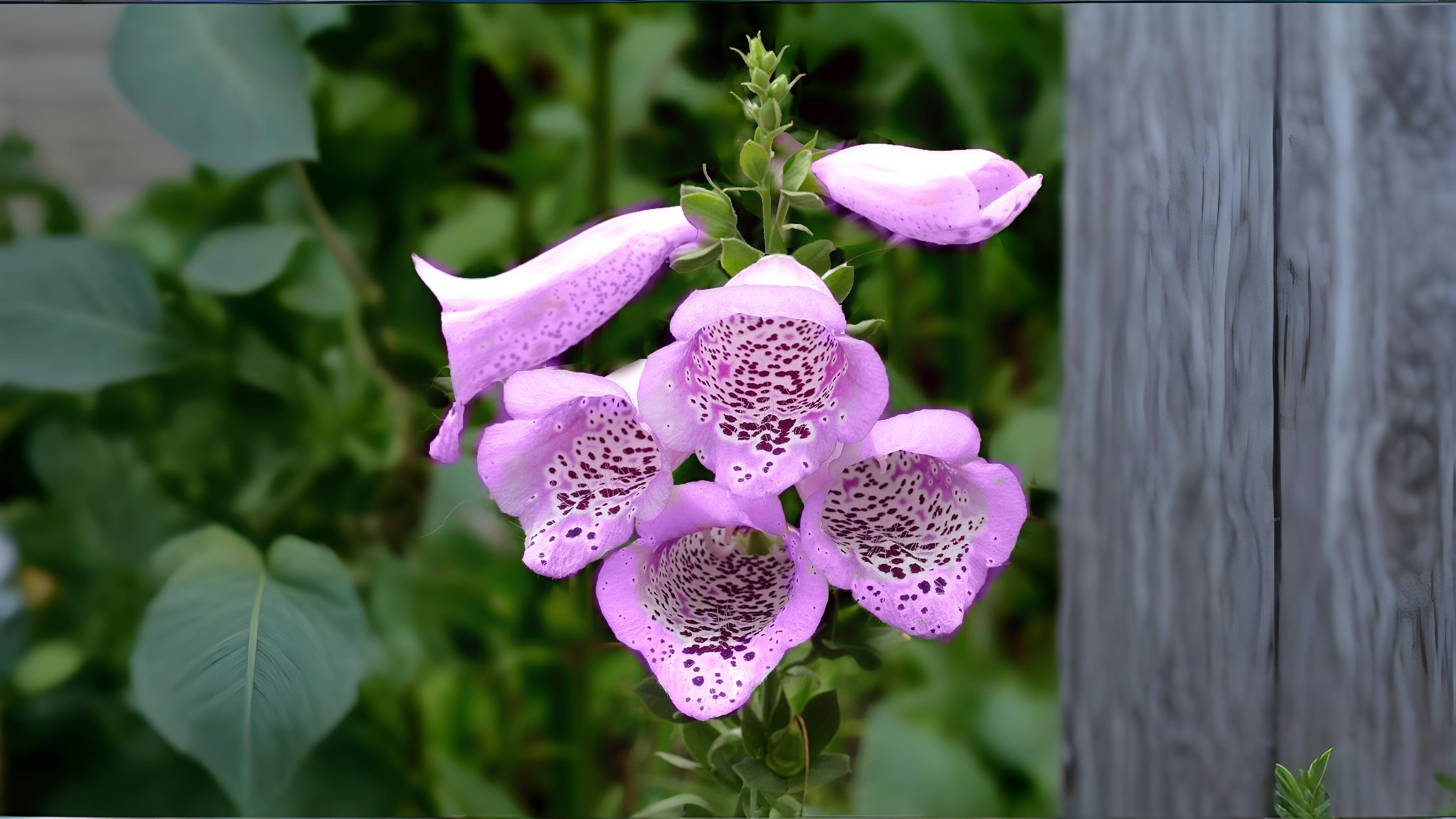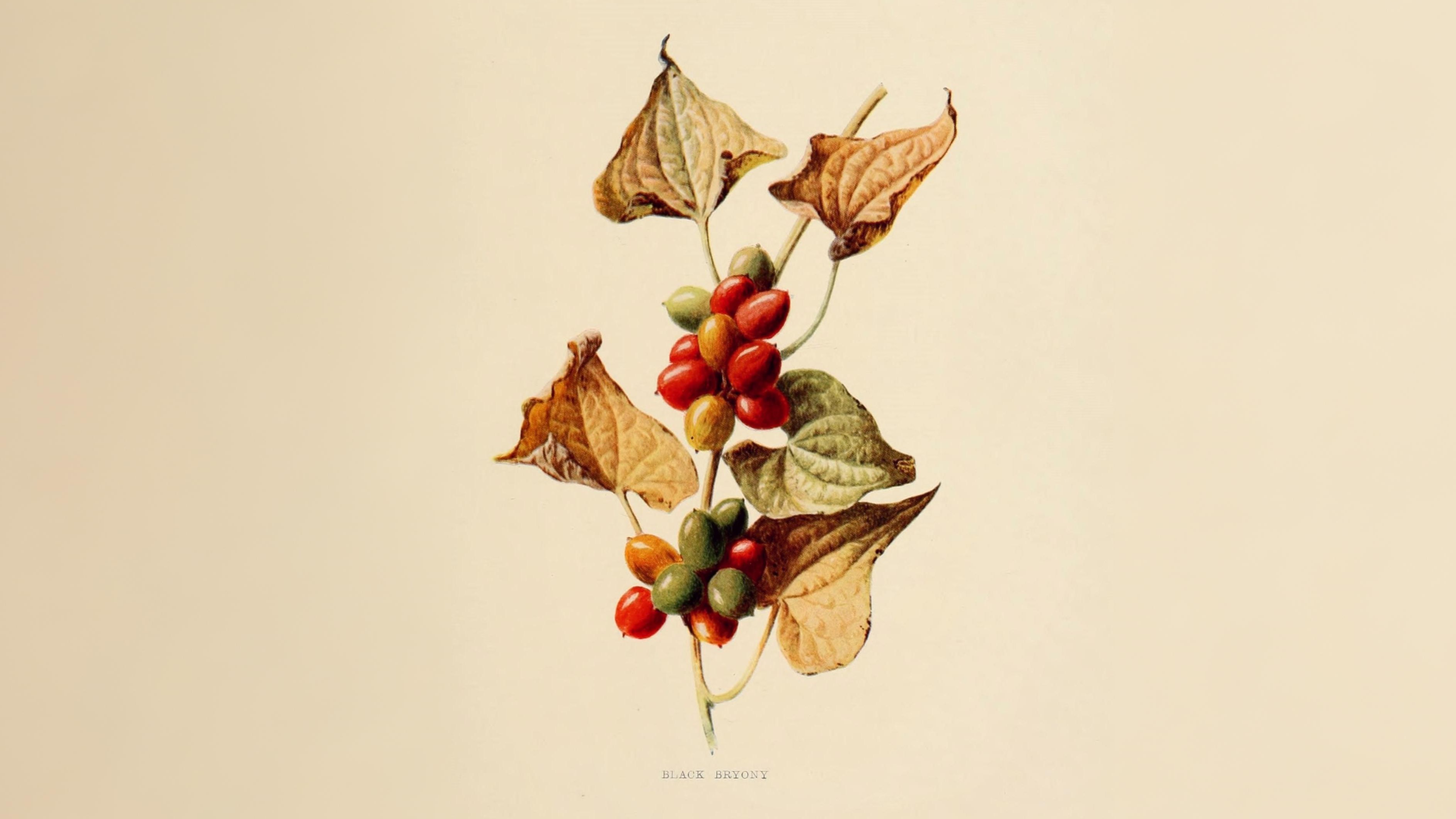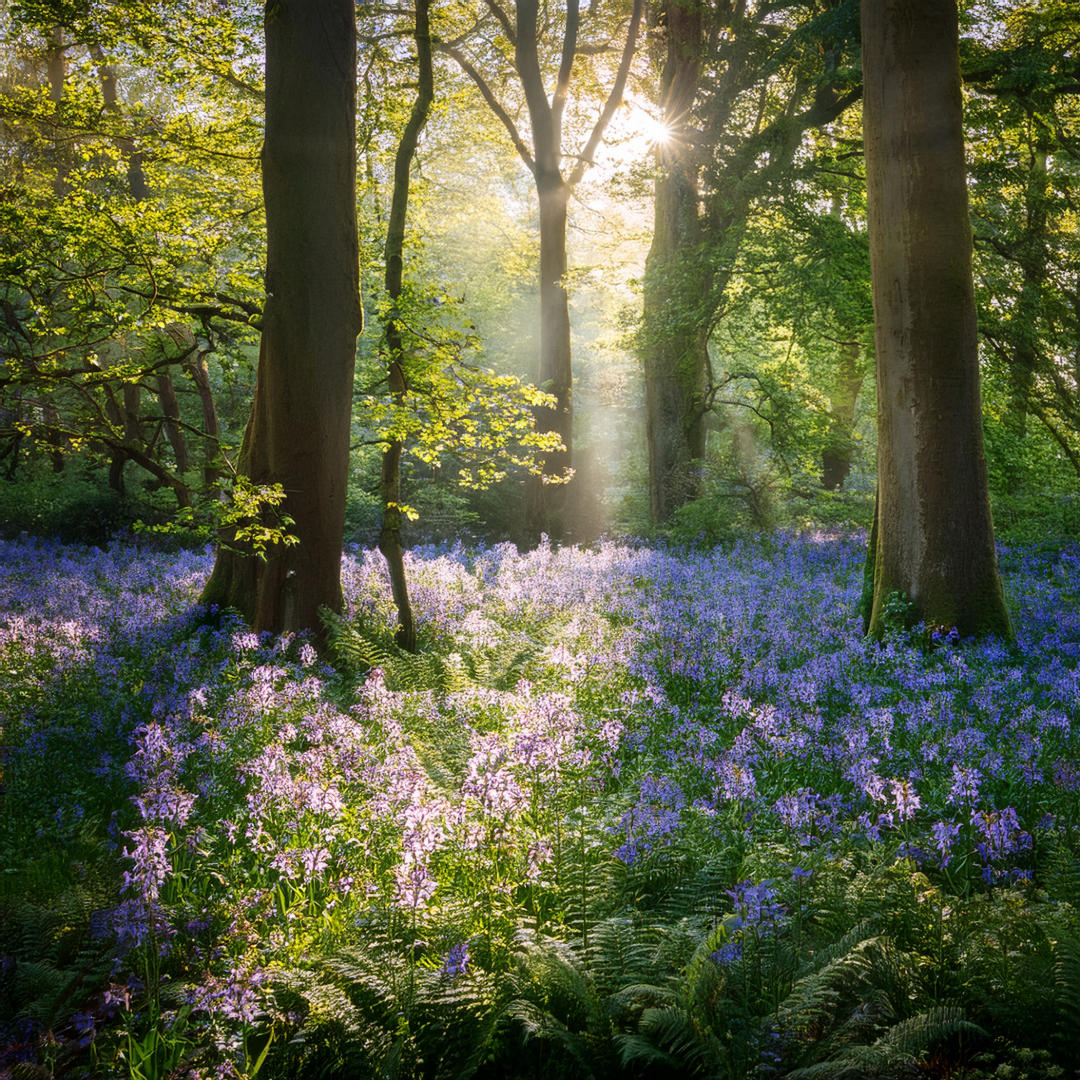
Flowers so far this year that indicate by their presence that the wood may be an ancient one include wood anemone, dog’s mercury, barren strawberry, early dog violet, moschatel, primrose, ramsons, bluebell, wood spurge, stinking iris, woodruff, toothwort, goldilocks and yellow archangel.
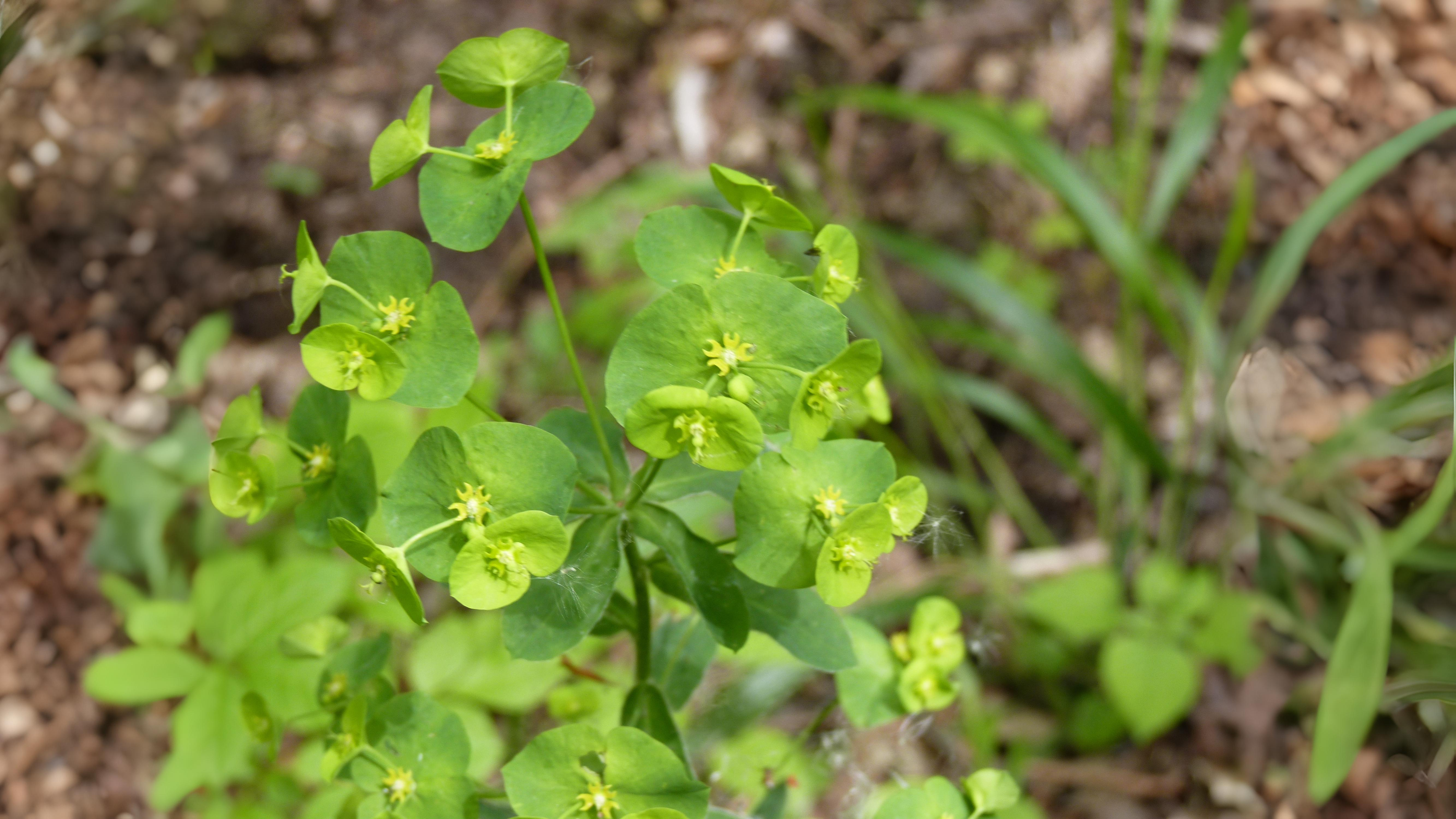

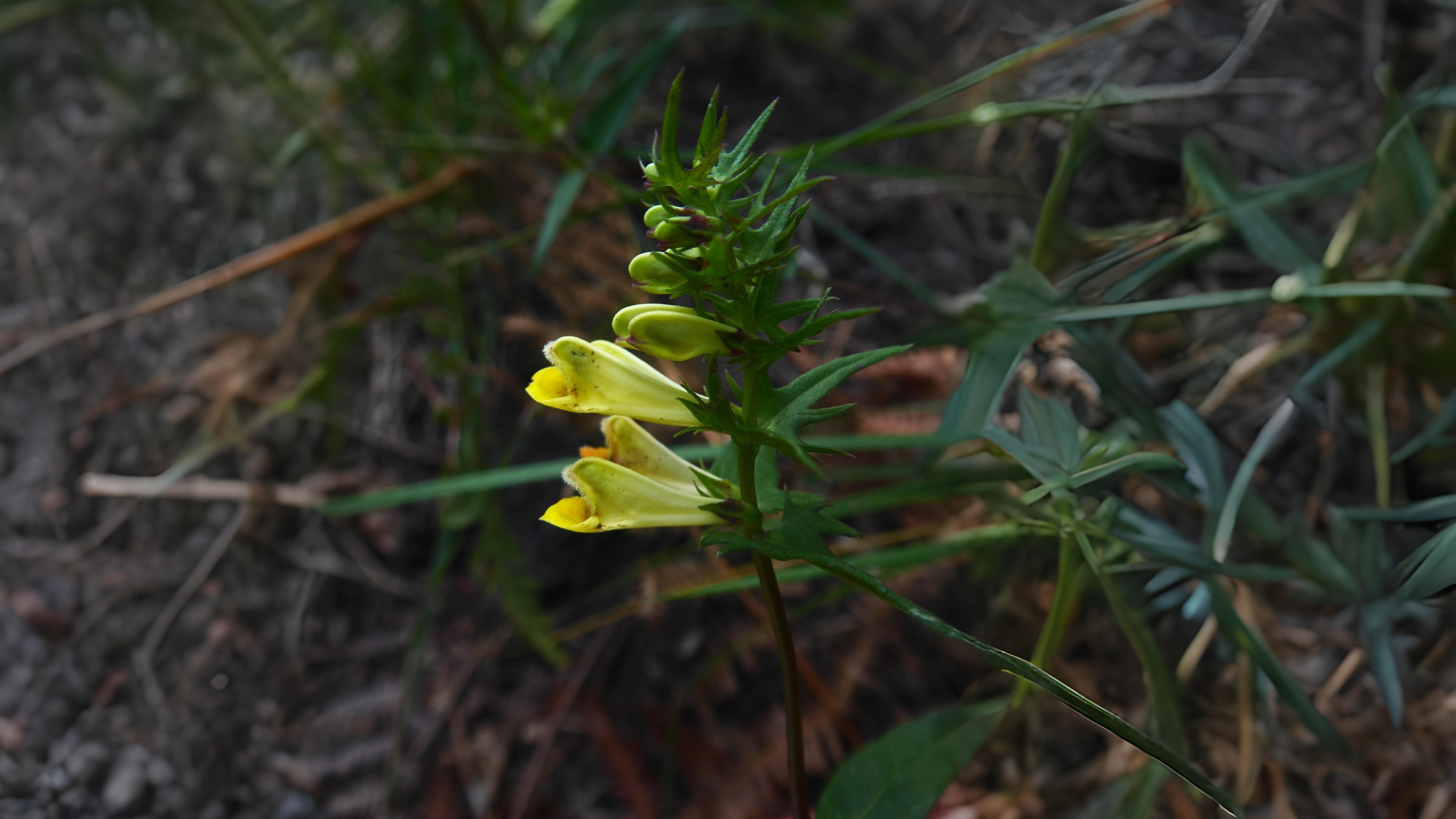



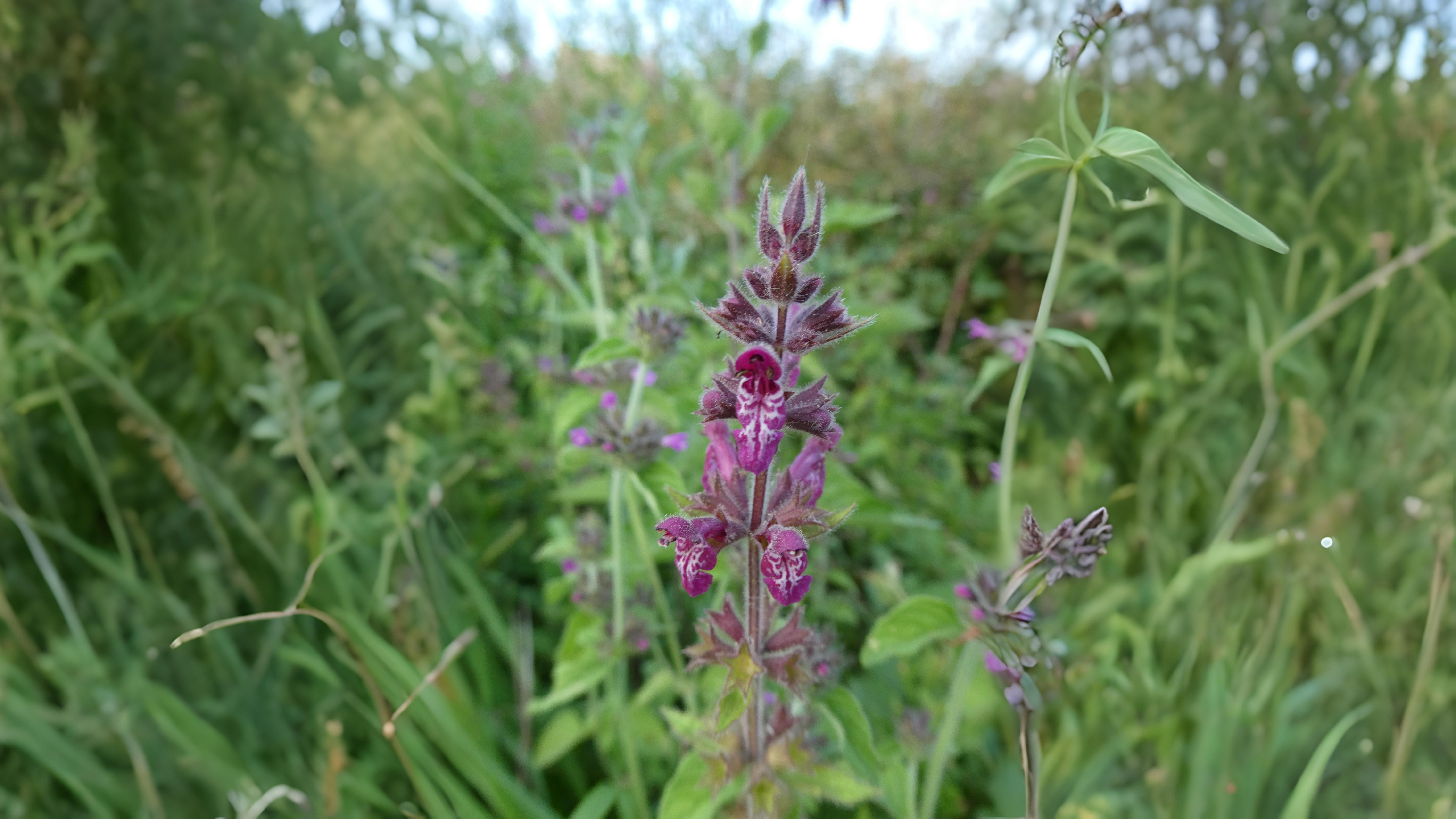

Foxgloves are also now starting to flower in numbers, especially where woodland has been recently cleared. Its English name derives from an Anglo Saxon musical instrument which, like the plant’s flowering head, has bells of different sizes. These large, open flowers have always been a good place to look for bumble bees.
